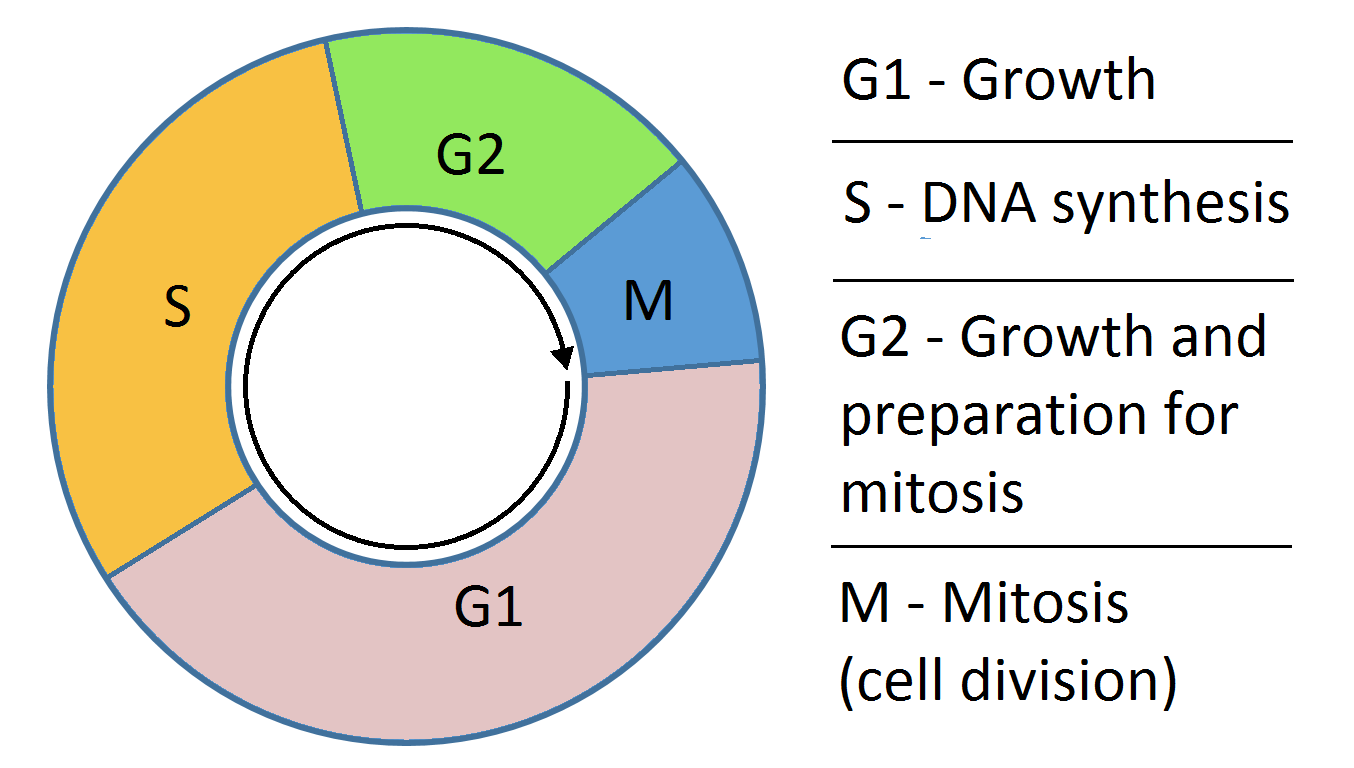Playlist
Show Playlist
Hide Playlist
DNA Replication
-
12 Advanced DNAReplication&DNARepair.pdf
-
Reference List Biochemistry.pdf
-
Download Lecture Overview
00:01 Es heißt zwar, dass Information König sei, aber Informationen müssen nicht nur übertragen, sondern auch repliziert werden. Das ist auch wichtig für Zellen, in Bezug auf ihrer Nukleinsäure-Informationen. 00:13 In dieser Vorlesung werde ich die DNA-Replikation und die Reparatur der DNA behandeln. 00:20 Die DNA-Replikation ist also ein Prozess, der für die Übertragung der genetischen Information entscheidend ist. 00:26 Die 1953 entdeckte Struktur der DNA gab bereits Hinweise darauf, wie sie repliziert werden kann. 00:32 Zunächst einmal ist das DNA-Molekül komplementär aufgebaut. 00:35 Die Basen auf einem Strang sind komplementär zu den Basen des anderen Strangs. 00:39 Es gibt ein Phosphodiester-Grundgerüst, das die einzelnen Basen eines Stranges verknüpft, wie wir sehen können. 00:46 Die Basen ragen in die die Mitte der Doppelhelix. 00:50 Die Basenpaarung in der Mitte wird durch Wasserstoffbrückenbindungen stabilisiert, wie wir noch sehen werden. 00:56 Wie wir sehen werden, gibt es einige signifikante Unterschiede zwischen den Replikationsprozessen, die in prokaryotischen und eukaryotischen Zellen ablaufen, wegen der unterschiedlichen Struktur der genetischen Information in den beiden. 01:08 Der Gesamtprozess der DNA-Replikation selbst, ist aber, wenn man den Mechanismus betrachtet, nicht signifikant anders. 01:15 Wenn wir nun die DNA-Replikation betrachten, beginnt es ganz am Anfang der DNA-Replikation an einer bestimmten Sequenz. Wir haben in einer anderen Vorlesung gehört, dass die RNA-Transkription an einem Promotor beginnt. 01:27 Bei der DNA-Replikation beginnt der Replikationsprozess an einer Sequenz, die als ori oder origin of replication bezeichnet wird. 01:33 Proteine binden an den ori, um den Replikationsprozess zu unterstützen, wie wir es auch bei der Transkription gesehen haben, nur dass es hier um die Replikation der DNA geht. 01:43 Sie öffnen die Doppelhelix, um den Zugang für die Replikationsproteine zu schaffen, damit sie eindringen und beginnen können. 01:49 Die Replikation erfordert einen "Leser" der Vorlage und einen Katalysator zur Herstellung von Phosphodiesterbindungen. 01:55 Im Grunde genommen spreche ich hier ivon einer DNA-Polymerase. 01:59 Sie liest einen Strang ab, schnappt sich die komplementäre Base und baut sie dann in den Strang ein, den sie gerade synthetisiert. 02:07 Nun gibt es mehrere, an der DNA-Replikation beteiligte Proteine, die ich zunächst nur aufzählen möchte. Wir werden später sehen, was sie im Einzelnen tun. 02:14 Erstens gibt es die DNA-Polymerase, die, wie gesagt, die Synthesereaktion der Phosphodiesterbindungen katalysiert, um alles zu verknüpfen. 02:21 Es gibt die Primase, ein Protein, das den Start der DNA-Synthese unterstützt. 02:27 Es gibt das einzelstrangbindendes Protein SSB, das, wie der Name schon sagt, an Einzelstränge bindet. 02:33 Enzyme, sogenannte Helikasen, helfen dem Prozess, wie wir sehen werden, mit unglaublicher Geschwindigkeit fortzuschreiten. 02:40 Ein Enzym namens Topoisomerase hilft bei Staus, die während des Replikationsprozesses auftreten können. 02:45 Diese Staus können buchstäblich zu Knoten in der DNA führen, wenn sie nicht beseitigt werden. 02:51 Ein Enzym zur Entfernung der Primer ist notwendig, weil der Primer am Ort, an dem der Replikationsprozess gestartet wird, liegt und, wie wir sehen werden, der Primer nicht aus DNA gebildet wird. 03:01 Am Ende des Prozesses brauchen wir etwas, das sich DNA-Ligase nennt; Denn so werden die einzelnen Teilstücke der DNA während der Replikation miteinander verbunden.
About the Lecture
The lecture DNA Replication by Kevin Ahern, PhD is from the course DNA Replication and Repair.
Included Quiz Questions
Which of the following statement regarding DNA replication is FALSE?
- It requires an RNA polymerase.
- Replication starts at the origin sequence.
- A helicase unwinds the DNA strands.
- It requires a DNA polymerase.
Customer reviews
4,3 of 5 stars
| 5 Stars |
|
2 |
| 4 Stars |
|
0 |
| 3 Stars |
|
1 |
| 2 Stars |
|
0 |
| 1 Star |
|
0 |
A good introduction. Very schematic and overall easy to learn basics.
Nice succinct intro with basic overview -- key points are highlighted
few things are missing like discoiling of histone protien and a sentence is not repeates




